By Marvin McFalls…..
2019 is a landmark year for both the French constructor Citroën, and Henri Chapron as they are celebrating their 100th Anniversary. At the recent Rétromobile 2019, which took place at the Porte de Versailles, Paris, on February 6 – 10, there were two significant displays of Citroëns. The first consisting of thirty cars, was presented by L’Aventure a division of PSA dedicated to the preservation of Peugeot, Citroën, and DS models. The second exhibit was part of a private collection belonging to an unnamed
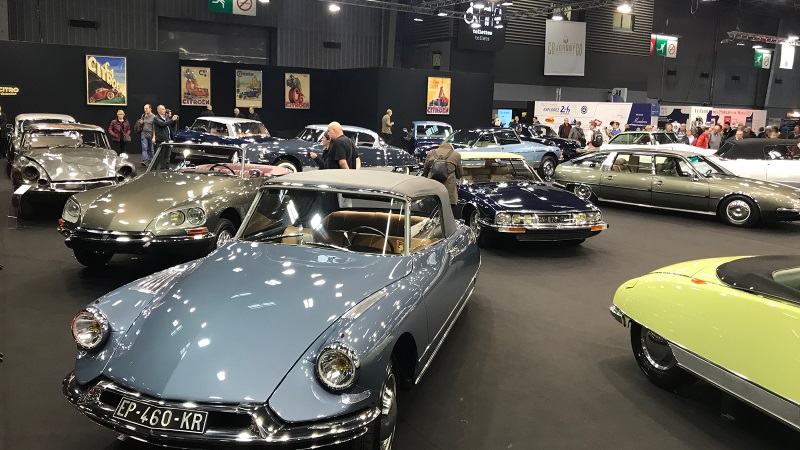
In trying to research the owner for this article, I had virtually no success, other than the fact that the collection may or may not be based in the Netherlands. With the mystery still firmly surrounding the anonymous owner, I figured to focus the spotlight on the amazing collection he or she has amassed, and try to cover each unique model of Citroëns constructed by the coach builder Henri Chapron.
Henri Chapron had established his coachworks company in December 1919, and went on to create custom-car bodies for luxury French marques such as Delage, Delahaye and Talbot in his factory in Levallois-Perret, a suburb northwest of Paris. Following the war, like most coach builders his business had significantly slowed by the 1950s. With the introduction of the Citroën D model, Chapron constructed a convertible version which he showed at the 1958 Paris Auto show. Citroën contacted Chapron in hope of working out an agreement to furnish him platforms to build a convertible model that Citroën would commercialize and an agreement was implemented in 1960.
From 1958-1960, Chapron disassembled sedans and constructed convertibles initially called Cabriolet 4 Places and Cabriolet 2 Places (4-seats cabriolet and 2-seats cabriolet), later known as La Croisette (until 1964) and Le Caddy (until 1969) respectively, when the cars were produced under the agreement with Citroën. Over ninety examples were constructed, as well as nine special coupes known as Le Paris (introduced in 1959).
Due to the additional cost of buying a finished car, and having to remove the unwanted components, the standard front doors were used on these models and a piece of vertical chrome molding optionally offered to cover the original rear door gaps.




While the lines were not as clean as later versions, the most significant feature of these early models are the panoramic rear window of the Paris coupe.

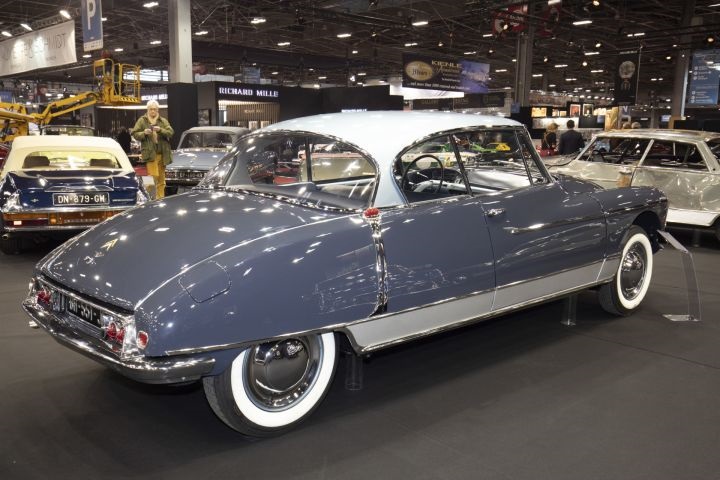
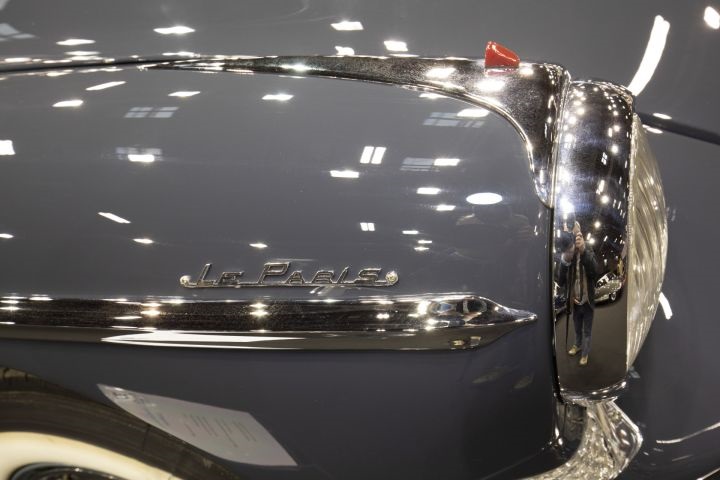
Also during this period, they offered a sedan known as the Berline, which was given a Chapron treatment. Consisted of upgraded leather interior, painted wood pattern trim on the lower dash section, spoked deluxe wheel
Le Caddy was shown in 1959 and was the first Chapron DS to be designed with the single piece rear panel. Featuring a lower roofline than the earlier La Croisette, it only offered

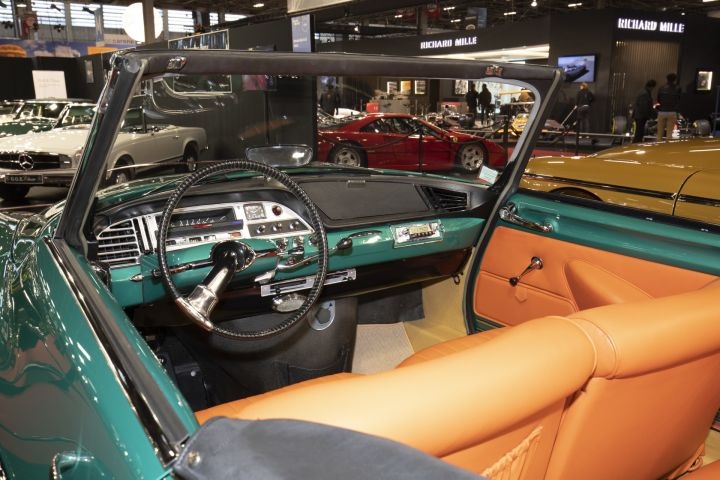
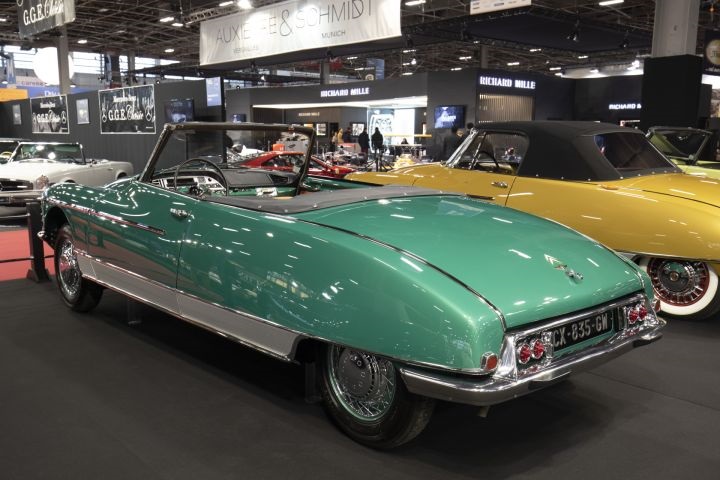




The following year saw the launch of Le Dandy – effectively a hard-top version of Le Caddy. The Le Dandy model was available with an optional hard top. Like Le Caddy, Le Dandy with its low roofline was only a two-seater. Over its eight-year run, a total of fifty were made.

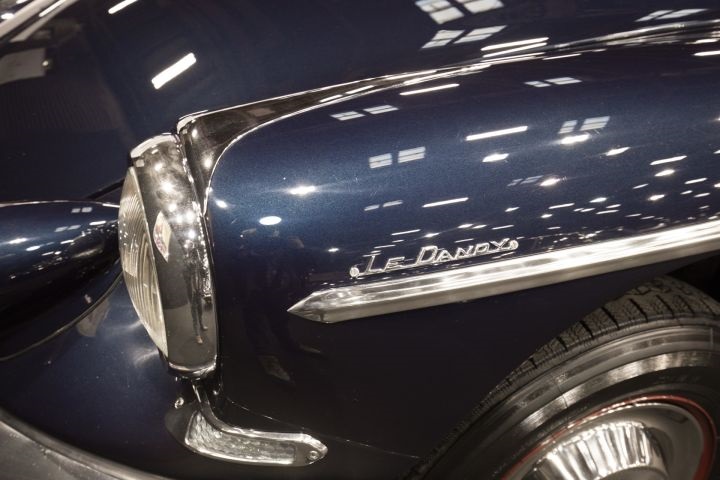

Also introduced in 1960, was the Le Concorde coupe. Le Concorde featured a larger cabin with significantly more headroom compared to Le Caddy or Le Dandy and had seating for four. Like Le Caddy, in 1965 it received rear wings, but production was also ended that same year with a total of thirty-eight examples produced in five years.

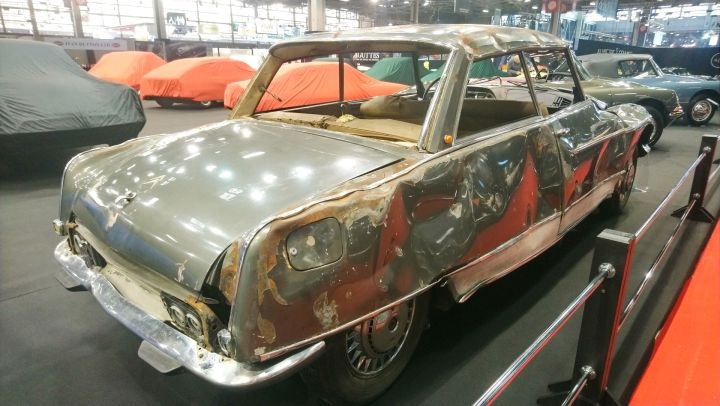


Finally, in 1960, an agreement was reached, in which Chapron could buy platforms for his conversions. From 1960-1974, Chapron built approximately 1400 Citroën Cabriolet de Série sold by Citroën until 1971. Throughout that time Chapron continued to offer his hand-built special bodied convertibles, coupes and sedans until the end of the D series production.


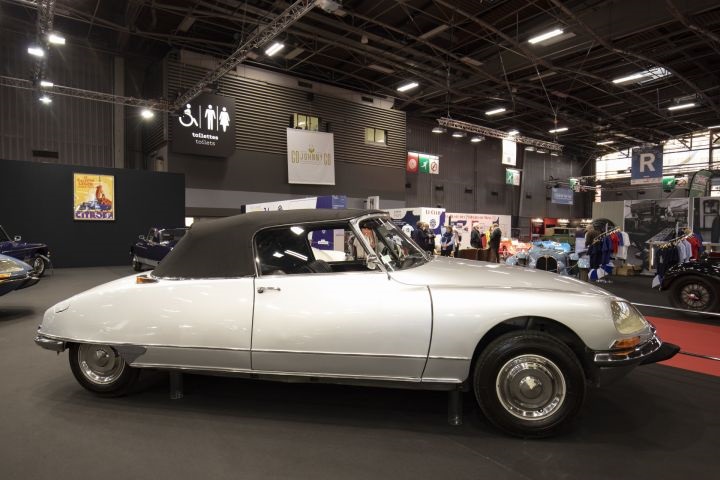
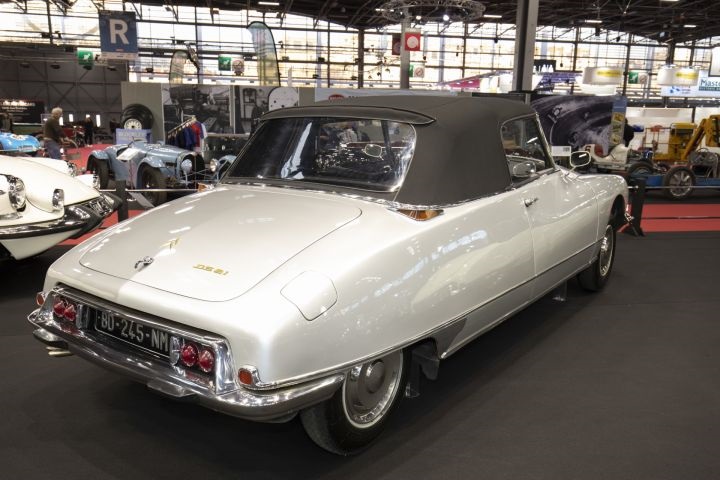
The Citroën convertible was built with handmade doors that were four inches longer than the standard sedan. The rear body section of the car was a one piece unit made of steel with a fibreglass trunk lid. With unique marker lights on the front and rear, it also featured the Chapron signature fender and door moldings. It was offered in fifteen different color combinations, with thirteen separate upholsteries, and three unique carpet colors.
At the 1962 Paris Auto Show, Chapron introduced the Le Palm Beach, which was the fourth convertible available on the D platform. It featured new squared rear quarter panels, cone-shaped rear lights, and several luxurious accents. In 1964 Chapron added rear wings to make the car look more modern. During Le Palm Beach’s run, a total of twenty-six models were built, of which a significant majority featured the rear wings.



In 1964, Chapron
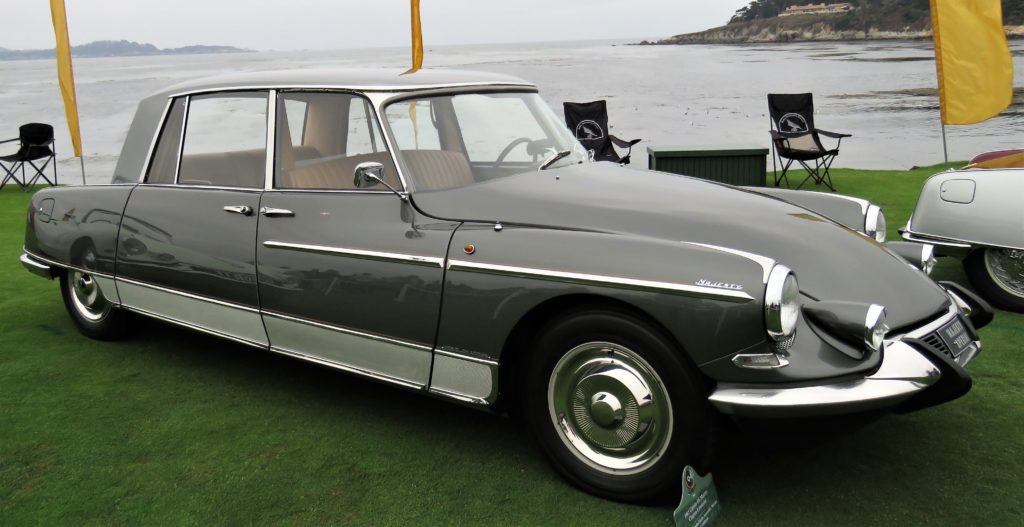
Chapron’s next creation would be named the Léman coupe. It was debuted at the 1966 Geneva Motor

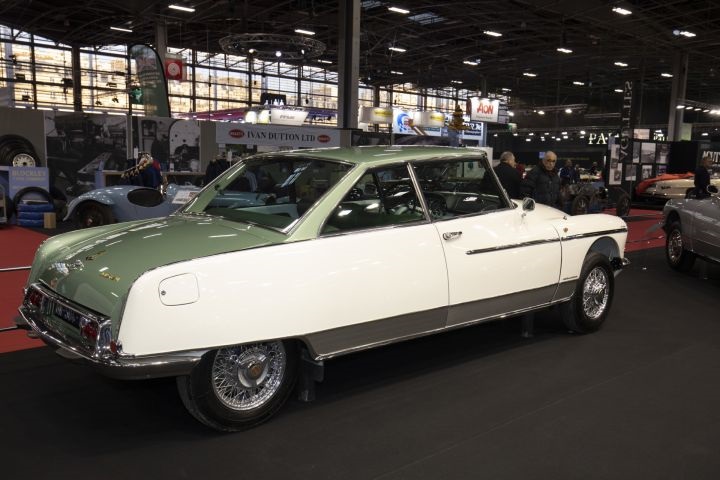
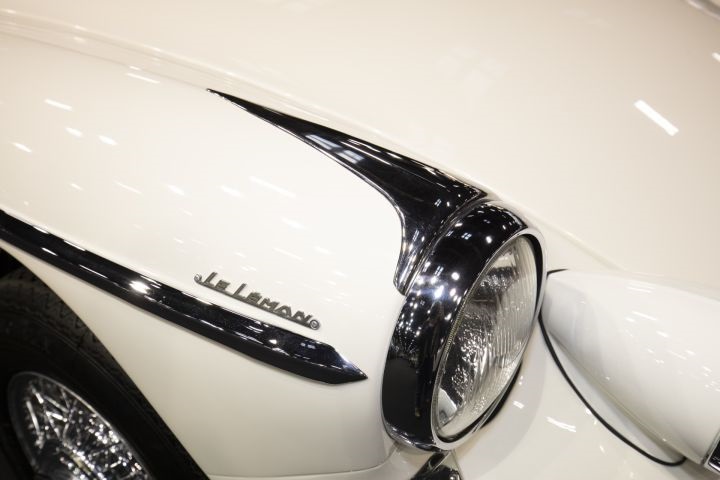
In 1968, what has to be the rarest of the D based
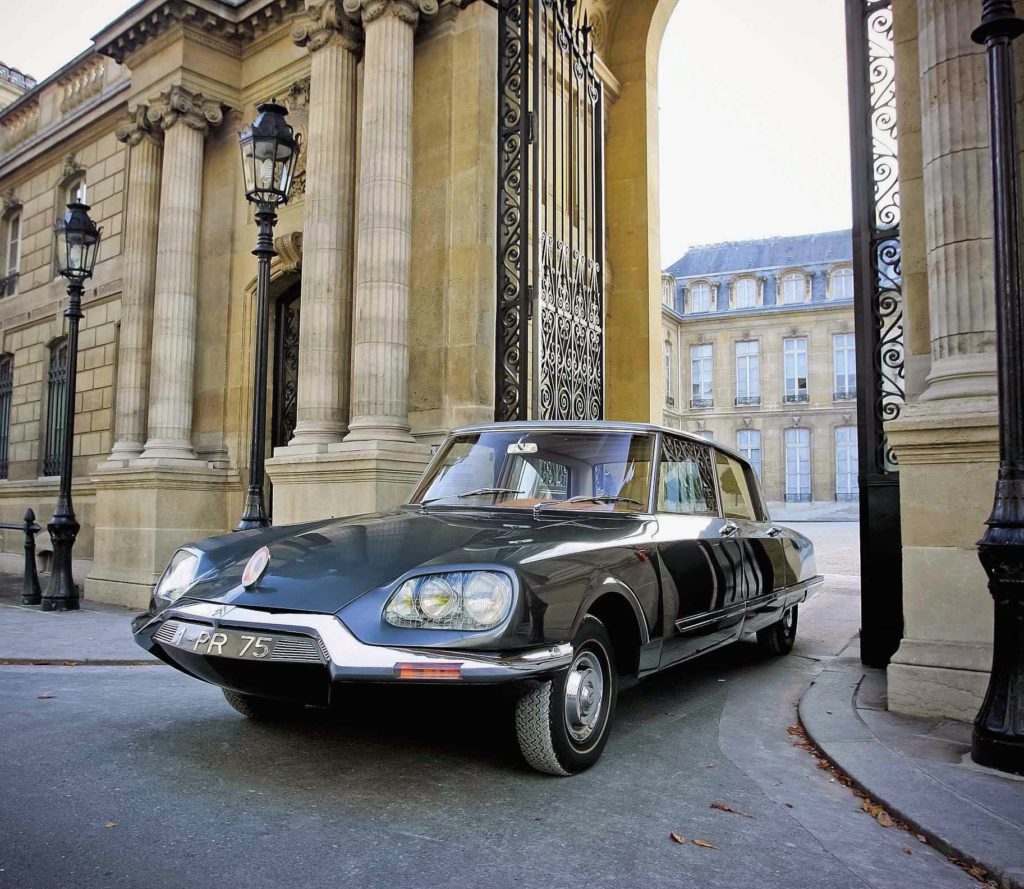
At the Paris Auto Show in 1969 Chapron introduced his new sedan La Lorraine, with a squarer back end to reflect a more contemporary design trend. It was produced until 1974. Over its four
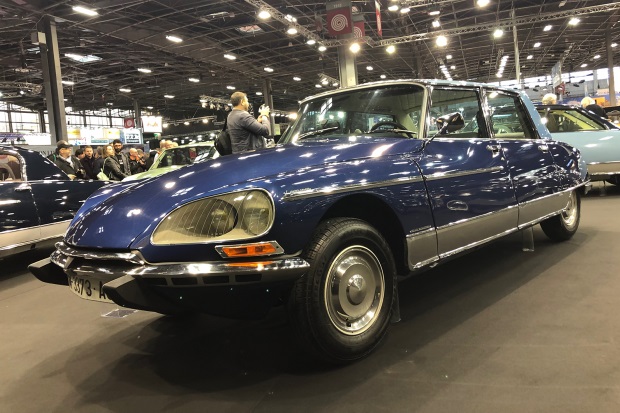
With
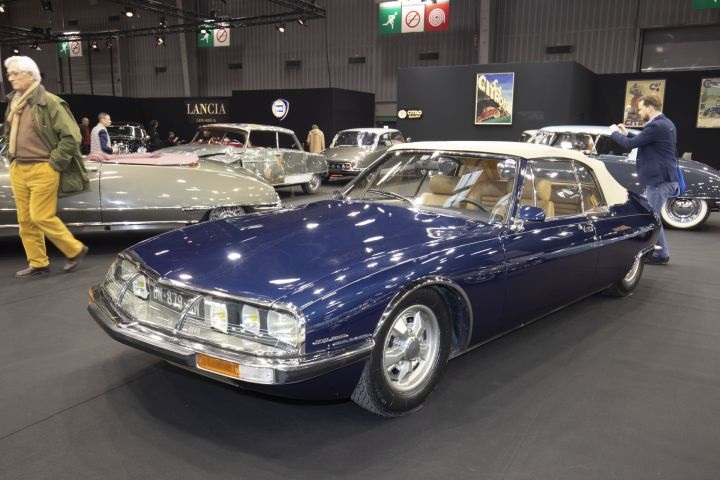
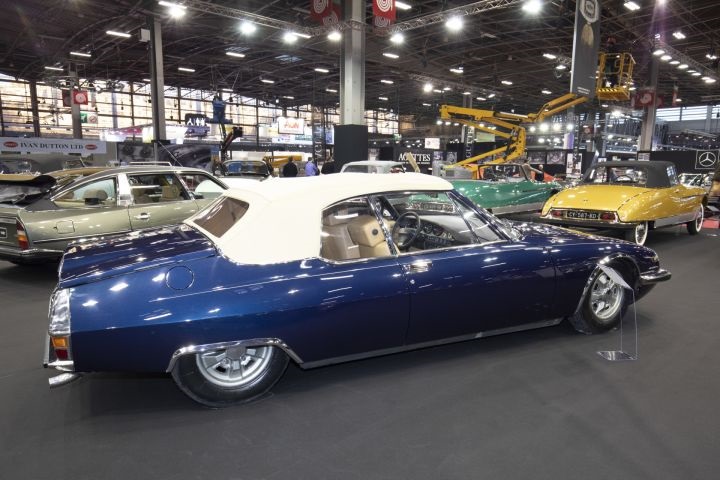
Along with the Mylord, Chapron went on to build other SM based versions including the Opéra sedan, which was presented at the 1972 Paris Auto Show and seven were constructed. While in 1972, two four-door convertibles known as the SM Presidentielle, were built for the French government. They were first used during a visit from Queen Elisabeth, and they remained in service until 1995. These cars were the last real creations to come out of Chapron’s factory. Going forward, Chapron did special one-off treatments primarily using the Citroën CX and 604 Peugeot.
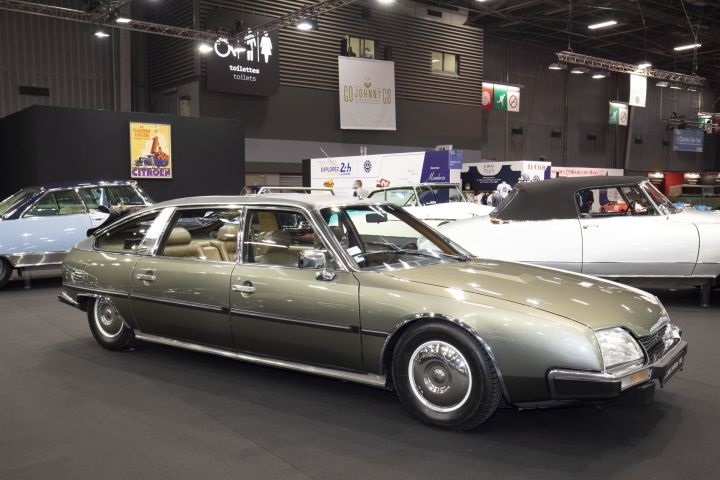
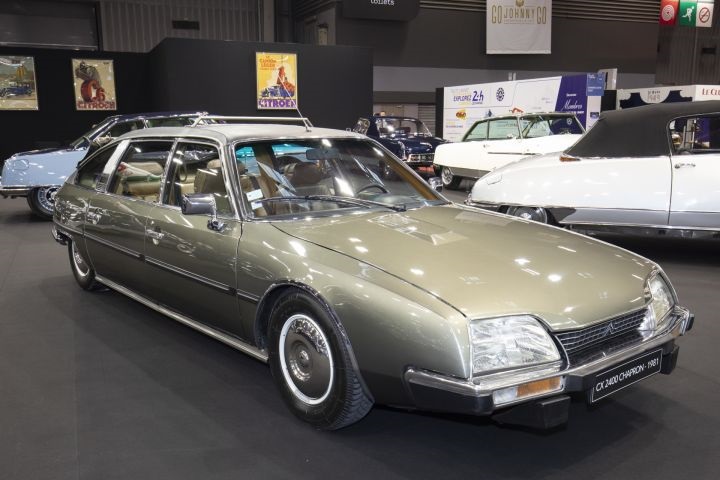

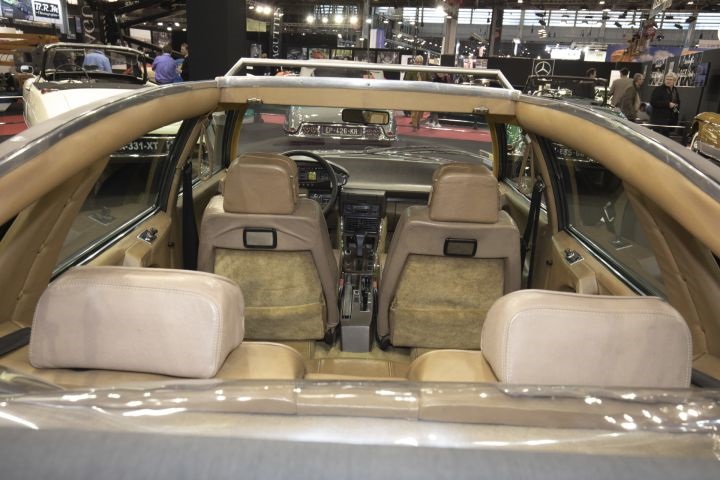
Henri Chapron died in May 1978. His widow kept the business open for several years, before finally closing in 1985.
––––––––
Photos from Alastair Clements, Laurent Lacoste, Didier Ric
Sources:
- Les Citroën de Chapron, Olivier de Serres, revue Automomobilia no 101, janvier 2011
- http://www.citroen-ds-id.com/index.html?ds/DS_Cabrio_Prodnr.html sdfsdfshttps://fr.wikipedia.org/wiki/Henri_Chapron
- http://www.citroenet.org.uk/passenger-cars/michelin/ds/chapron/chapron-01.html
- https://drive-my.com/en/blogs/entry/1968-citroen-ds-presidential-general-de-gaulle-limousine.html
- https://journal.classiccars.com/2018/08/30/citroen-french-pebble-beach-concours/
- From the Henri Chapron archives.
––––––––
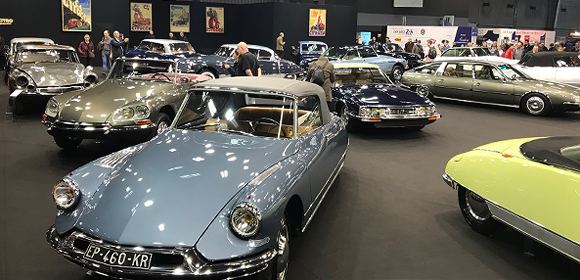

I love thé 1974 and 1975 black Citroën